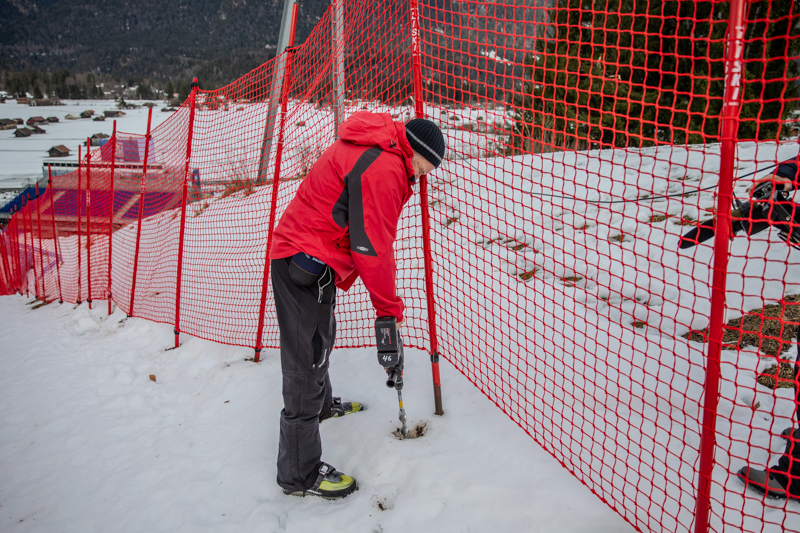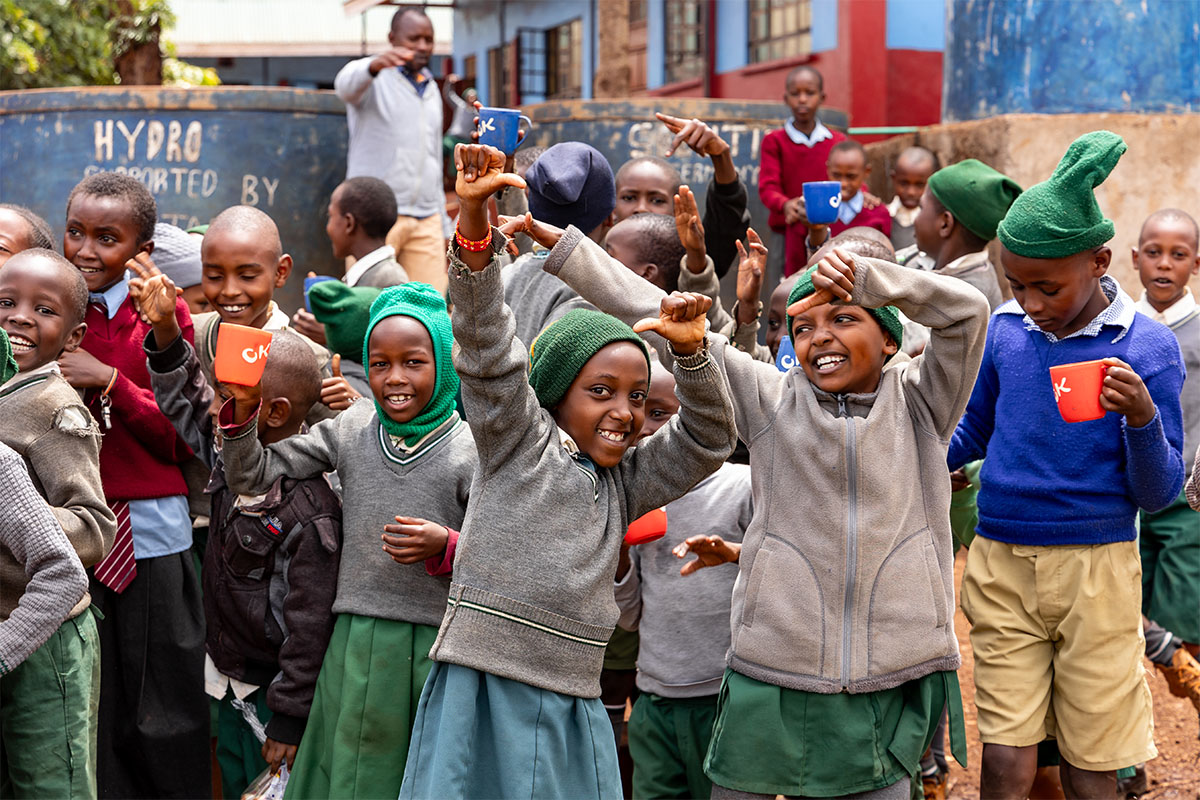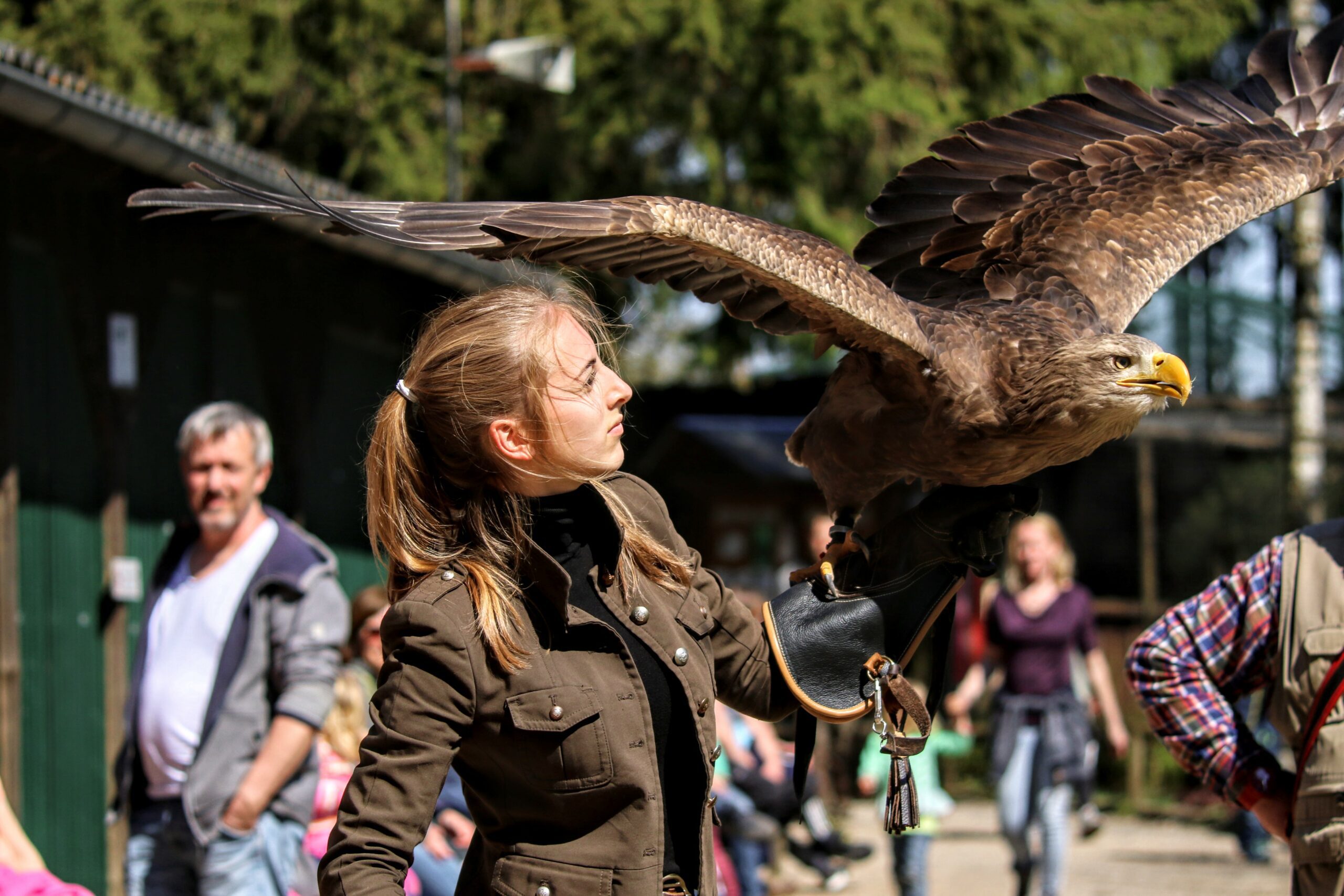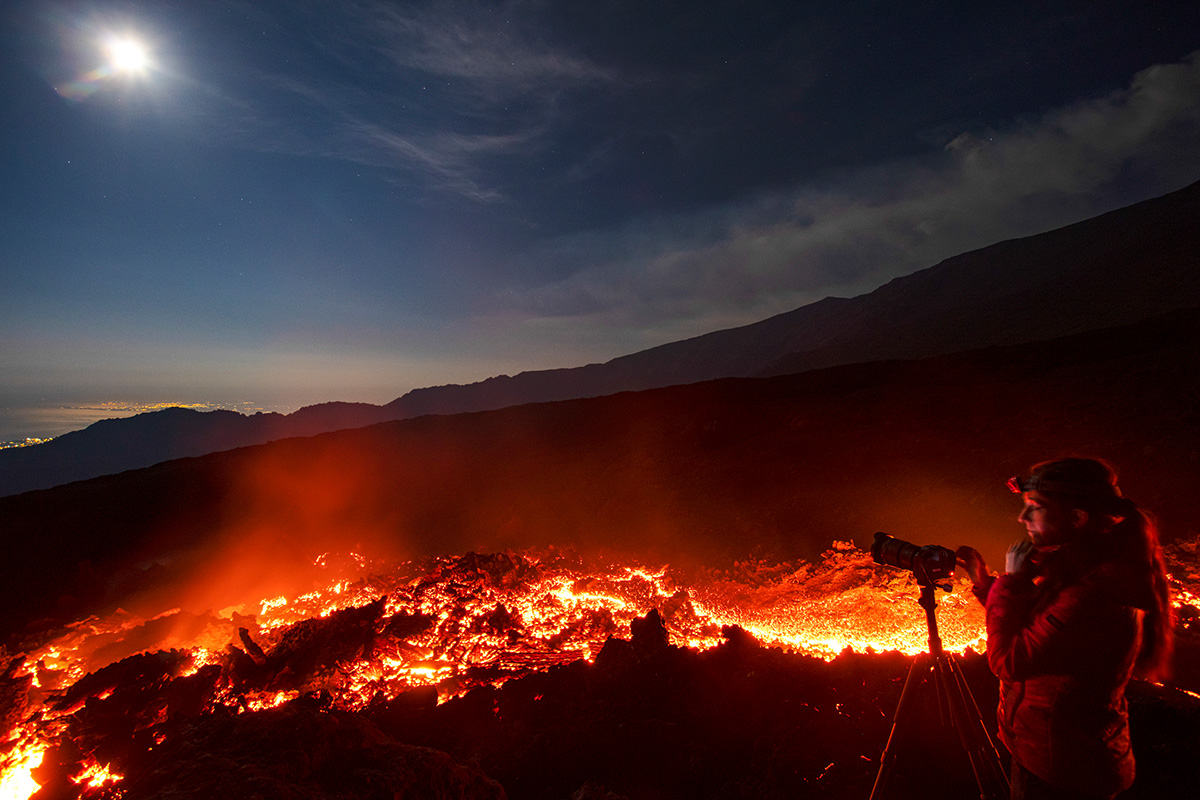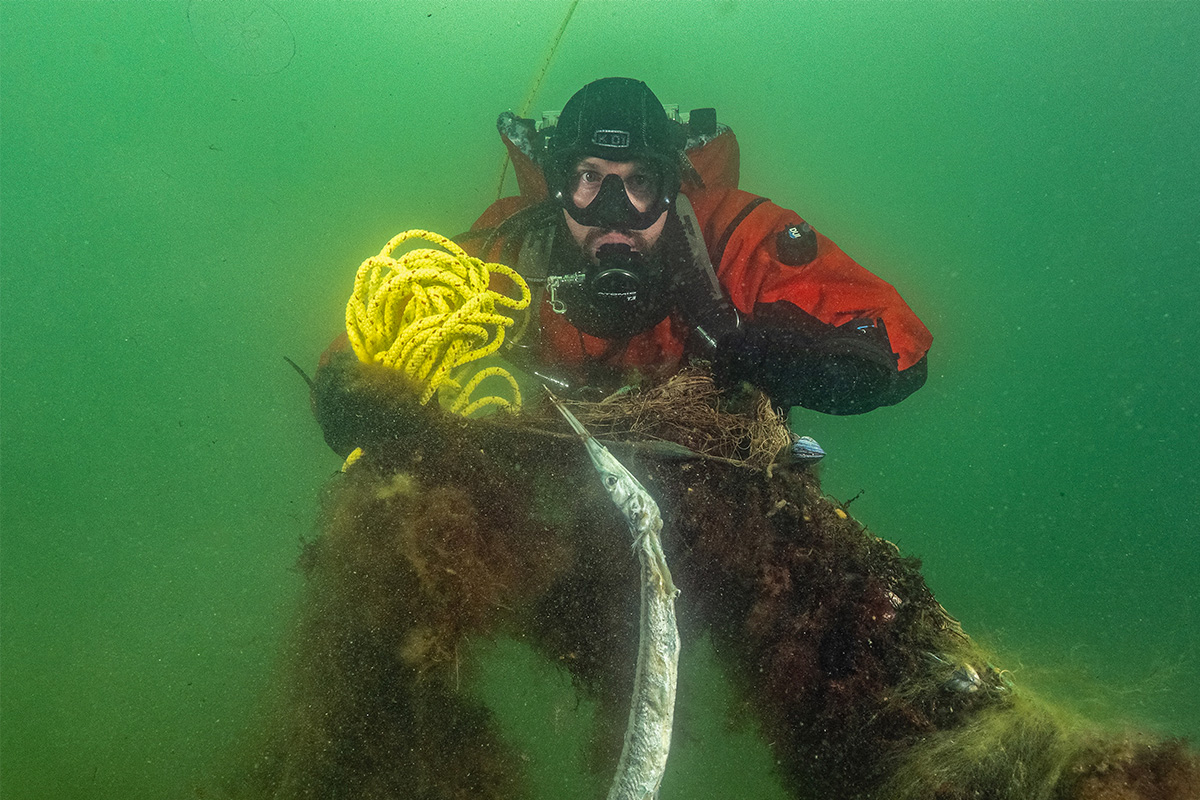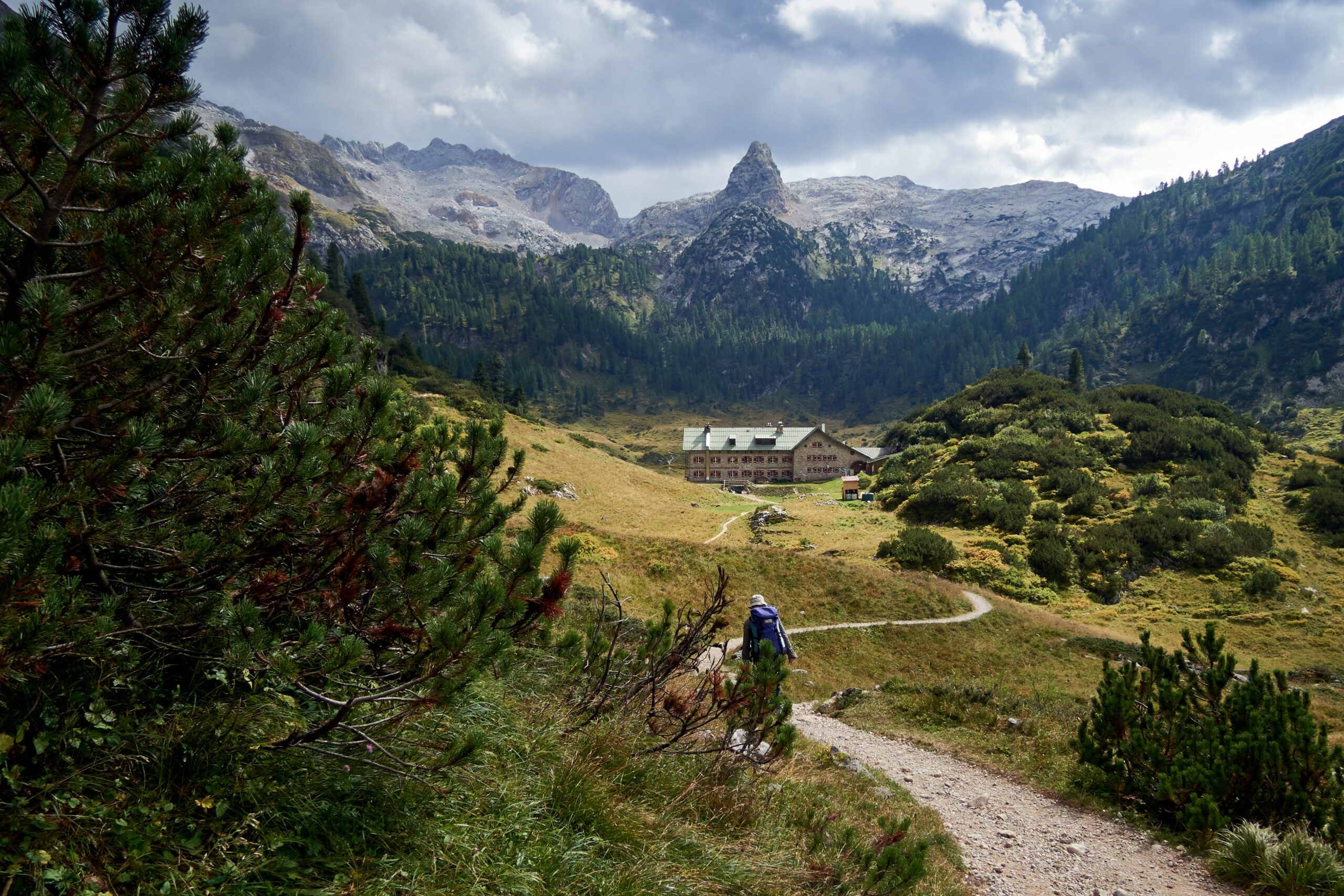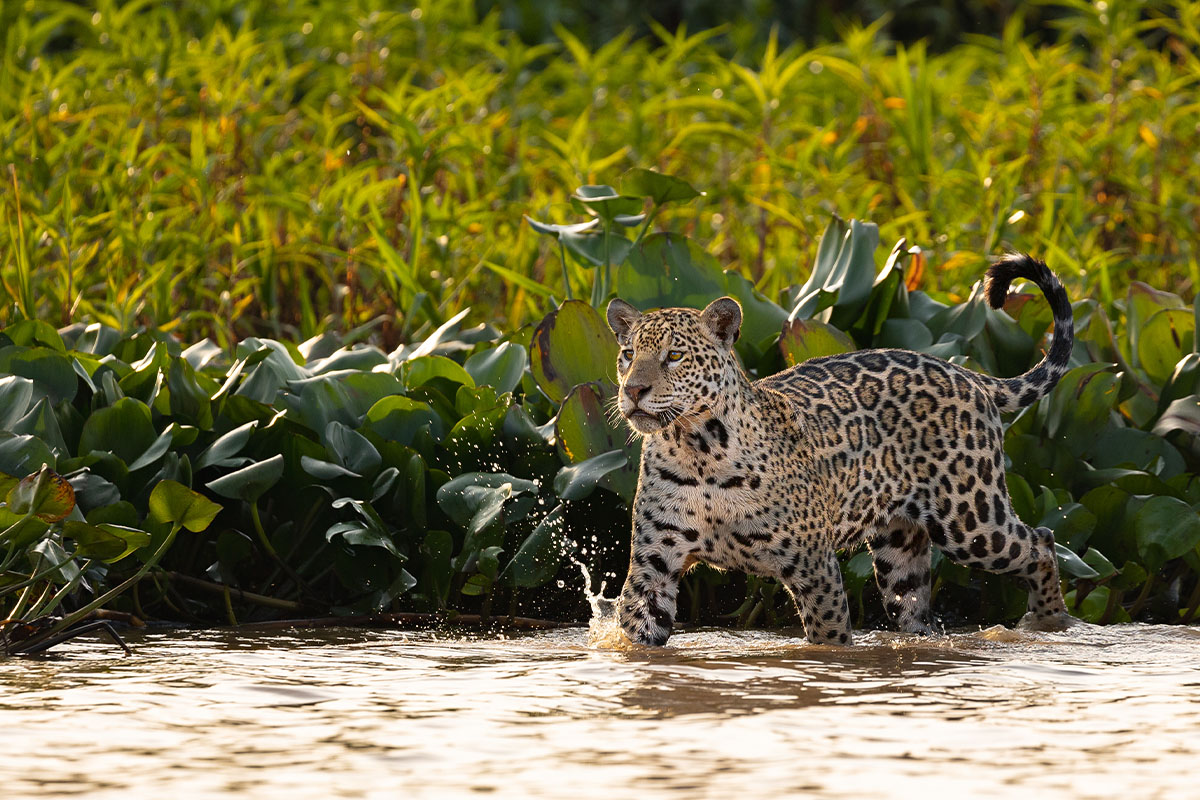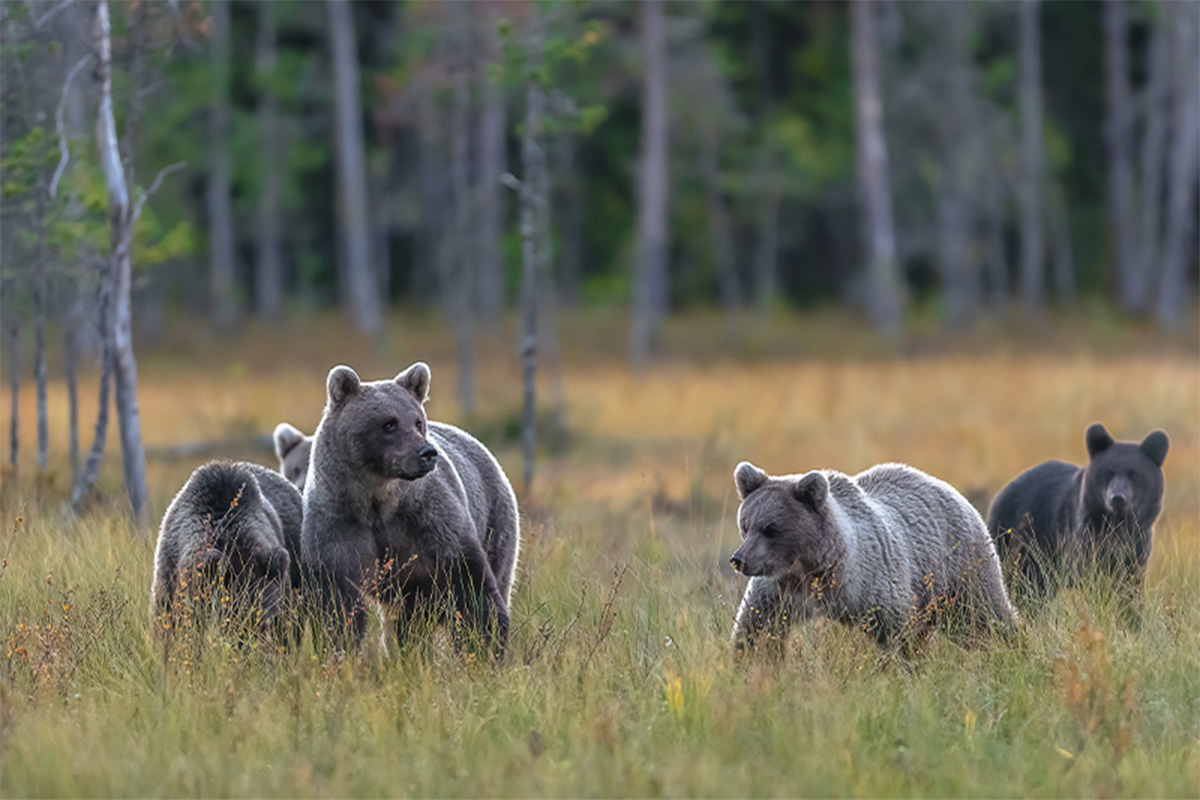How volunteers secure the way between heaven and hell
Picture a hard, icy slope, untouched—aside from the tracks of the snowcat—in the morning light. That’s my idea of a perfectly groomed ski slope; the only noise the crunching of skis on snow as they carve around the bend. But this picture-perfect snow-white visual is the only idyllic thing about a Ski World Cup race piste—the icy-smooth piste is almost impossible to conquer on normal skis, even with sharpened edges. Water and salt create a surface on which tourists would be better off wearing ice skates. In the finish area, the crowd cheers and claps to the DJ’s tunes as the pros race down Eishang and Hölle at the men’s Super-G in Garmisch-Partenkirchen.

Leave it to the pros
The amount of work that goes into grooming the slope—aside from safety and the nets—isn’t visible to viewers watching the TV at home. Around 500 volunteers work as a team for several weeks to ensure that the race weekend runs smoothly. The actual work starts months in advance: In the fall, long before the ski season begins, helicopters fly the “A” nets to the slopes and the Zugspitzbahn experts position the nets at the critical points along the route. Slope preparation begins with the first snowfall and the first drop in temperature.
From helpers to “repeat offenders”
According to hiring manager Martina Betz, 99.9% of volunteers return to the Kandahar run year after year. Even Thomas is a so-called repeat offender. The volunteer firefighter from Polling, around 40 minutes away, can’t stay away for long; he has been returning to the slopes regularly since the 2011 Ski World Cup. He simply saw the call for volunteers and decided to apply, because when do you ever get the chance to experience such a major event up close? The heating and plumbing technician has been a permanent member of staff ever since, taking two weeks’ leave every year to work the Ski World Cup. Thomas makes one thing clear, “You have to get your priorities right.” Everyone has known that since the World Cup. He also supports another Thomas’s team; this one is a retired police officer and security team leader.
On race day, the two Thomases ensure that only authorized persons are on the piste and that they adhere to a strict timetable. Even big-name officials have to wait until all approvals have been cleared, the two say.

Down the steepest slope in Germany
The Ski World Cup on the legendary Kandahar has a long-standing tradition: The Super-G starts at Himmelreich (Kingdom of heaven) at an altitude of around 1,300 meters. The athletes then race straight into the less dreamy-sounding key sections Eishang (ice slope) and Hölle (hell). The downhill run got its name from one of the five venues for the Arlberg-Kandahar race, which in turn is named after Frederick Roberts, the Earl of Kandahar. Garmisch-Partenkirchen has been the venue for the traditional races since 1954. As President of the Ski World Cup Organizing Committee and Chairwoman of the Ski Club, Martina Betz is responsible for a team of around 500 volunteers.
The Ski World Cup in Garmisch-Partenkirchen is all about professionalism. During the men’s race weekend, director of the German Skiing Association (DSV) Wolfgang Maier emphasized to the crowd several times how valuable the volunteers’ commitment to the mammoth event was. Every resort aims to provide the best piste, but he reckons the team in Garmisch-Partenkirchen could give the prestigious Kitzbühel races a run for their money in the unofficial rankings. Praise that Martina Betz and her volunteers are proud of.

Eighteen kilometers of nets between Himmelreich and Hölle
If they aren’t needed to check access points, Thomas and his team help to dig in the “B” nets in advance. Following the mild temperatures of the past few days, they have to fill in the gap between the net and the piste with snow so that skiers don’t slip between the piste and the net when they fall. The nets must be able to absorb an enormous amount of energy in the event of an emergency fall at more than 60 mph, particularly in the bends of Eishang and Hölle, where the centrifugal force is at its highest. The snowcat delivers fresh snow, which the team pack down with shovels in the most important places.
Roughly speaking, around 18 kilometers of nets will be used for the men’s Super-G. The math is simple: Three kilometers of piste with three rows of guardrails on either side. It only takes the volunteers a day to drill the holes in the ground and set up the B nets. The timing of the individual sections is crucial: Everything has to be in the right place at the right time so that the volunteers can work smoothly. It goes about 45 centimeters deep into the snow or, at the edge where the snow becomes thinner, into the ground. An additional effort that requires extra work, because the drill glides less smoothly through the mountain rock.
The volunteers are proud of what they have achieved this year despite the mild temperatures, storms, and rain. They have given their all to ensure that the athletes have a perfectly groomed and—most importantly—safe piste on race weekend, and Thomas and his team later enjoy a “final half” and celebrate their achievement.
